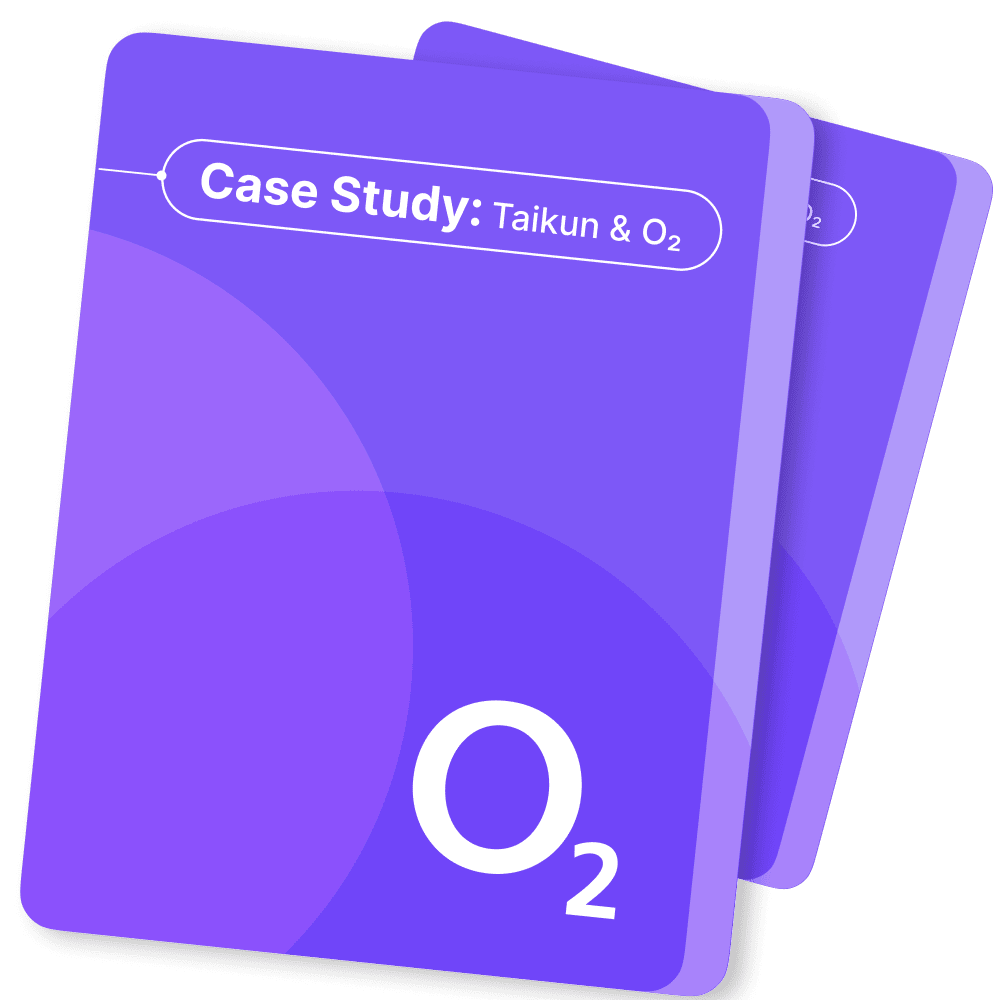Understanding the Kubernetes components is essential for beginners looking to get started with Kubernetes. This article will discuss the key Kubernetes components, including Pods, Nodes, and the Kubernetes Master.
Kubernetes Master Components The Kubernetes Master is the control plane of the Kubernetes cluster. It manages and schedules the containerized applications on the worker nodes. The key Kubernetes master components are:
- API Server: The Kubernetes API Server is the control plane component that exposes the Kubernetes API. It provides an interface for the Kubernetes components to communicate with each other. The API server is responsible for processing and validating API requests, storing configuration data in etcd, and generating events.
- etcd: etcd is a distributed key-value store that is used to store the configuration and state information of the Kubernetes cluster. The etcd database is the source of truth for the Kubernetes cluster and stores information such as the current state of the nodes, pods, services, and other objects.
- Controller Manager: The Kubernetes Controller Manager is responsible for running the core Kubernetes controllers that regulate the state of the Kubernetes cluster. These controllers include the Replication Controller, the Node Controller, and the Service Account and Token Controllers. The Controller Manager is responsible for monitoring the state of the cluster and ensuring that the desired state is maintained.
- Scheduler: The Kubernetes Scheduler is responsible for scheduling the containers on the worker nodes based on the available resources and the defined scheduling policies. The Scheduler evaluates each pod’s resource requirements and constraints and selects an appropriate node on which to run the pod. The Scheduler also considers factors such as node affinity, pod anti-affinity, and node taints and tolerations.

Kubernetes Nodes Kubernetes nodes are worker machines that run containerized applications. The nodes are responsible for executing the tasks assigned to them by the master. The key Kubernetes node components are:
Kubernetes Pods Kubernetes Pods are the smallest and simplest unit in the Kubernetes object model. Pods are used to deploy and run containers on Kubernetes nodes. A Pod can contain one or more containers, which are tightly coupled and share the same network namespace. The key Kubernetes Pod components are:
- Containers: A Kubernetes Pod can contain one or more containers. Containers are lightweight, portable units that encapsulate the application code and its dependencies. Containers share the same network namespace and can communicate with each other using the loopback interface.
- Pod Spec: The Pod Spec is a YAML or JSON file that defines the configuration of the Pod. The Pod Spec contains information such as the container image, the container command and arguments, the container ports, and the container environment variables.
- Pod Status: The Pod Status provides information





